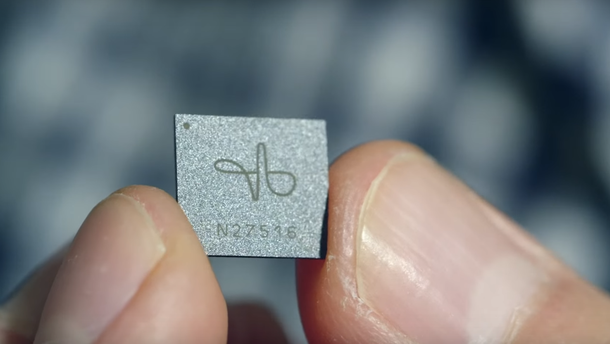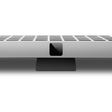
The project was already briefly discussed last year during the I/O conference, however after that there was nothing new about it to report. Since then, Google has been working on improving the chip and now they have redefined it with reduced power consumption and computational power. It is now ready to get into production.
According to developers, "Soli is a purpose-built interaction sensor that uses radar for motion tracking of the human hand," capable of tracking "sub-millimeter motion at high speeds with great accuracy." It can be placed on a chip (the entire sensor and antenna array fit into an ultra-compact 8mm x 10mm package) - and once you can do that, you can build it into practically any device, small or large.
How does it work? Soli sensor technology works by emitting electromagnetic waves in a broad beam. It tracks and recognizes dynamic gestures expressed by fine motions of the fingers and hand. As the creators explain it, try and imagine an invisible button between your thumb and index fingers – you can press it by tapping your fingers together. Or a Virtual Dial that you turn by rubbing thumb against index finger. Imagine grabbing and pulling a Virtual Slider in thin air. These are the kinds of interactions that will be possible with devices, carrying the Soli chip.
Soli contains no moving parts, it fits onto a chip and consumes little energy. It is not affected by light conditions and it works through most materials.The possibilities are literally endless.
Launch date for Soli hasn't been set yet.



